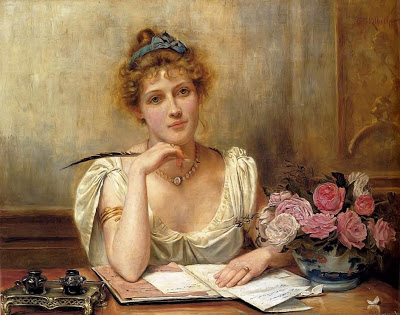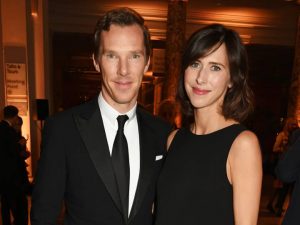Photo from Getty Images
Think about two people: a close friend and someone you are attracted to romantically. How are these attractions alike and how are they different?
Both platonic and romantic love have been extensively studied by psychologists, including myself when I was earning my PhD in experimental social psychology. Though there will likely always be more to explore, psychology has a huge breadth and depth of information available. I’ll start with liking. The information provided here is a summary drawn from Psychology (10th Ed.) by David G. Myers.
Caution: all of this research relies on group data; the behavior of individuals varies widely.
Proximity (geographic closeness) increases the likelihood of
- Meeting
- Interacting frequently
- The mere exposure effect: more frequent exposure to anything and virtually any person increases attraction: nonsense syllables, photographs, music, geometric figures, etc., etc., etc.
Familiarity increases attraction
- We prefer the mirror image of our faces to the one other people see.
- We prefer others who share some facial characteristics with us.
- We seem to be hard wired to bond with the familiar and be wary of those who are different.
After familiarity, physical appearance is the most important factor in attraction
- Physical appearance matters to both men and women, although women more likely to say it doesn’t.
- Physical appearance predicts how often people date and (no surprise here) how popular they feel.

Attractiveness affects how positive a first impression is
- Good looking people are perceived as healthier, happier, more sensitive, more successful, and more socially skilled
- Attractive, well-dressed people make a better impression in job interviews
- Attractive people tend to be more successful in their jobs: income analyses show a penalty for plainness and/or obesity
- In a study of the 100 top-grossing films since 1940, attractive characters were portrayed as morally superior to unattractive characters
- Based on gazing times, even babies prefer attractive faces to unattractive ones

But there are limits to the attractiveness effect
- Attractiveness does not affect how compassionate we think someone is.
- Physical attractiveness is statistically unrelated to self-esteem
- Attractiveness is unrelated to happiness
- People generally don’t view themselves as unattractive
- Attractive people are more suspicious of praise for work performance; less attractive people more likely to accept praise as sincere
Culture and beauty
- Beauty is culture bound: think piercings, tattoos, elongated necks, bound feet, dyed or painted skin and hair, ideal weight; body hair, breast size
- Cultural ideals change over time; for example, consider the feminine ideal in the U.S.: 1920s was super thin and flat chested; 1950s, the lush Marilyn Monroe look; currently, it’s lean but busty
- Those who don’t fit the ideal often try to buy beauty: Americans now spend more on beauty supplies than on education and social services combined, not to mention plastic surgery, teeth capping and whitening, Botox skin smoothing, or laser hair removal

Cross-cultural beauty
- Men in many cultures judge women as more attractive if they have a youthful, fertile appearance (the latter suggested by a low waist to hip ratio).
- Women are attracted to healthy-looking men. When ovulating, women are more attracted to men who seem mature, dominant, masculine, and affluent.
- People everywhere prefer physical features that are “normal”—i.e., not too big, too small. Average is attractive.
- People prefer symmetrical faces—even though virtually no one actually has one.
- Across cultures, women are 2-18% more likely than men to say they “Constantly think about their looks.”
- Women have 91% of all cosmetic procedures.
- Women recall others’ appearance better than men do.
Similarity is greater among friends/partners compared to randomly matched pairs
- Common attitudes
- Beliefs
- Values
- Interests
- Age
- Religion
- Race
- Education
- Intelligence
- Smoking behavior
- Economic status
- Opposites virtually never attract
- The more alike people are, the more their liking endures: similarity breeds content.
People like people who like them
- True for initial attraction
- Self-fulfilling loop: A likes B, who responds positively, making A like B more, etc.
- Especially true for people with low self-esteem
- The effect is enhanced when someone moves from disliking to liking us

The reward theory of attraction: we like people whose behavior is rewarding to us, and we continue relationships that offer more rewards than costs.
BOTTOM LINE FOR WRITERS: if you want to write a realistic relationship, follow the principles above. If you choose to go against the norm, take care to make it believable to the reader.










